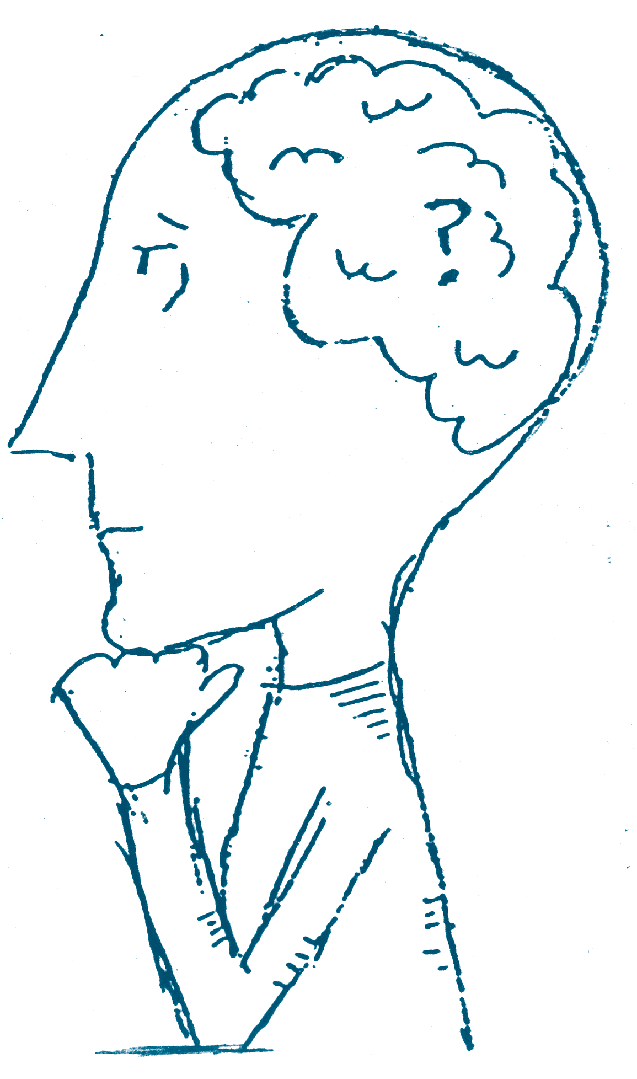
You should now examine where this mind dwells: from the top of the hair on your head to the nails on your toes; from the outer layer of skin, the flesh in between, to the bones, five organs, and six vessels within. When investigating the dwelling place of mind, most Chinese will claim that it abides in the head. Tibetans will say that it dwells in the heart. Neither one is sure, because when you touch the top of the head, the mind seems to leap there, and when you touch the soles of the feet, it seems to jump there. It has no fixed place. It dwells neither in outer objects, nor inside the body, nor in the empty space in between. You must become certain that it has no dwelling place.
If your mind has a dwelling place, what are the outer, inner, and middle aspects of this dwelling place? Is it identical with or different from the dweller? If they are identical—since there is increase or decrease, change and alteration, in outer objects and within the body—your mind will change in the very same way. So it is illogical to think they are identical.
If they are different, then is the essence of this different mind something that exists or not? If it is, then it should at least have a shape and color. Since there is no shape or color, it does not unilaterally exist. However, since this ever-conscious and ever-awake king is unceasing, it does not unilaterally not exist. For this reason the glorious Karmapa Rangjung Dorje proclaimed:
It is not existent, since even the victorious ones do not see it.
It is not nonexistent since it is the basis of samsara and nirvana.
This is not a contradiction, but the middle way of unity.
May we realize the nature of mind, free from extremes.
♦
From “Naturally Liberating Whatever You Meet,” in Perfect Clarity: A Tibetan Buddhist Anthology of Mahamudra and Dzogchen, translated by Erik Pema Kunsang © 2012. Reprinted with permission of Rangjung Yeshe Publications.
Thank you for subscribing to Tricycle! As a nonprofit, we depend on readers like you to keep Buddhist teachings and practices widely available.